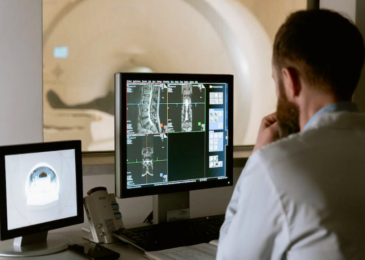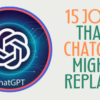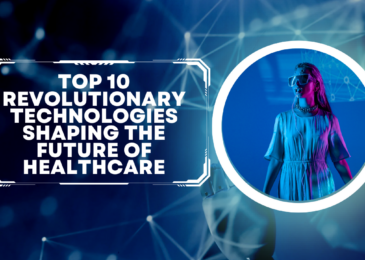The rapidly evolving field of healthcare technology holds immense potential for improving patient care in addition to streamlining administrative processes. The implementation of novel technological tools is revolutionizing traditional healthcare environments, reducing human errors, and increasing the overall efficiency of care. This article explores the impact of technology in healthcare administration and discusses strategies for effectively utilizing these tools to enhance patient care and administrative efficiency.
The Shift to Electronic Health Records
One of the main ways technology has been integrated into healthcare administration is through the adoption of Electronic Health Records (EHRs). EHRs enable healthcare staff to access patients’ entire medical history, making the diagnosis and treatment processes more accurate and efficient. They also reduce paper usage, thus minimizing the risk of errors caused by illegible handwriting or missing documents.
To further streamline processes and improve efficiency, healthcare providers use tools like NPI Lookup to easily identify medical providers within the system. This ensures the accurate sharing of patient information between different healthcare professionals and contributes to the overall optimization of healthcare administration.
Telemedicine and Automation
Telemedicine refers to the practice of providing medical care remotely, using communication technologies such as video conferencing and live chat. This allows healthcare providers to reach patients in remote or underserved areas, improving access to medical expertise, and reducing patient waiting times. Furthermore, telemedicine can facilitate remote monitoring of patients with chronic illnesses, resulting in better management of symptoms and reduced hospital readmission rates.
Healthcare administration tasks such as appointment scheduling, billing, and record management can be streamlined by incorporating automation. AI-powered tools can process vast amounts of data in real time, significantly reducing the workload on healthcare administrators while minimizing the risk of errors. Additionally, AI can assist in diagnostics, suggest treatment options and predict patient outcomes, thereby helping medical professionals make informed decisions.
Data and Security
Data analysis can provide valuable insights for healthcare administrators, helping inform their decision-making processes. For example, algorithms can be employed to analyze patient data and predict potential health risks. In turn, this allows healthcare practitioners to offer targeted preventive care, reducing the utilization of costly treatments. Moreover, the use of data analytics can help identify opportunities for operational improvement, such as reducing patient wait times and managing resources more effectively.
Blockchain technology has the potential to offer solutions for healthcare information security and enhance data integrity. Through blockchain’s decentralized, tamper-proof, and encrypted system, healthcare institutions can securely store and share sensitive patient information. This approach can greatly reduce the risk of fraud or data breaches while protecting patient privacy and ensuring that healthcare providers have reliable and accurate data at their fingertips.
Personalized Medicine with Genomics
Advancements in genomics have opened up new opportunities for personalized medicine. By identifying an individual’s unique genetic profile, healthcare providers can offer treatments tailored specifically to the patient’s needs. This personalized approach not only increases the effectiveness of treatment but also reduces the risk of adverse side effects. Incorporating genomics technology into healthcare administration can contribute to the advancements of diagnostics, treatment, and the prevention of diseases, thus revolutionizing patient care.
Wearable Tech and VR
Wearable devices and mobile applications have become increasingly popular in the realm of healthcare. These tools can monitor vital signs, enable patients to track their wellness routines, and send alerts to healthcare providers in case of anomalies. Wearable technology empowers patients to take a proactive approach to their health, paving the way for personalized, preventive care, and reducing the burden on healthcare professionals.
Virtual Reality has emerged as a game-changing technology in the healthcare industry and is being increasingly employed for training purposes. By simulating an immersive, interactive environment, VR enables healthcare professionals to practice various procedures and scenarios without putting actual patients at risk. This virtual training method significantly enhances the skills and confidence of medical practitioners, ultimately leading to improved patient care.
Challenges of Incorporating Technology
Despite the numerous advantages, the integration of technology in healthcare administration also carries its own set of challenges. Cybersecurity concerns, costs associated with implementation and training, and potential loss of human touch in patient care are all factors that must be considered. Furthermore, healthcare institutions need to comply with strict regulations and privacy standards while adopting new technologies.
Technology in healthcare administration is undeniably transforming the sector, improving patient outcomes, and streamlining operations. By adopting tools such as EHRs, telemedicine, data analytics, automation, AI, and wearable technology, healthcare institutions can ensure not only efficient administrative processes but better overall patient care. With proper consideration of the associated challenges, these innovative technologies can truly revolutionize the healthcare industry, further enhancing the overall quality of life for patients and providers alike.







